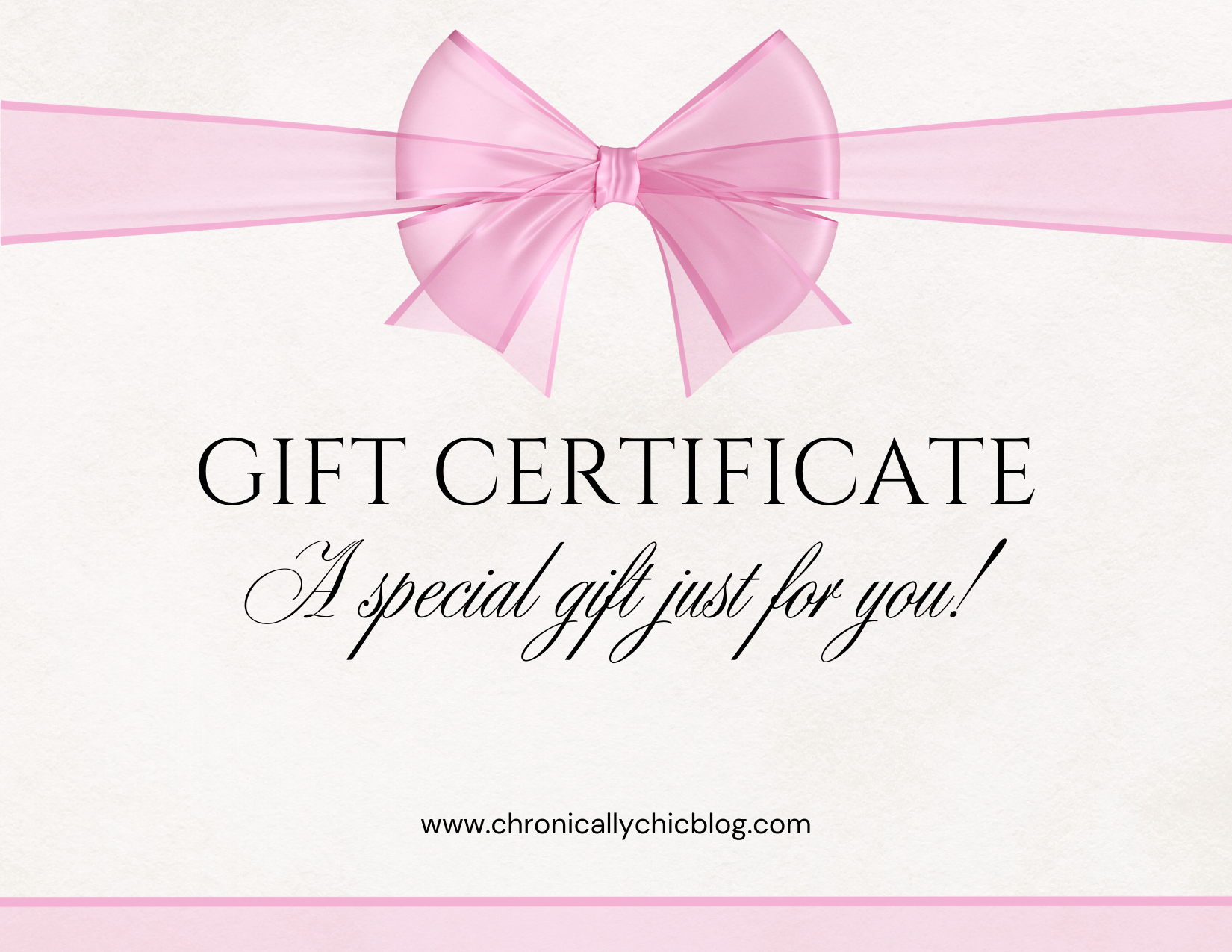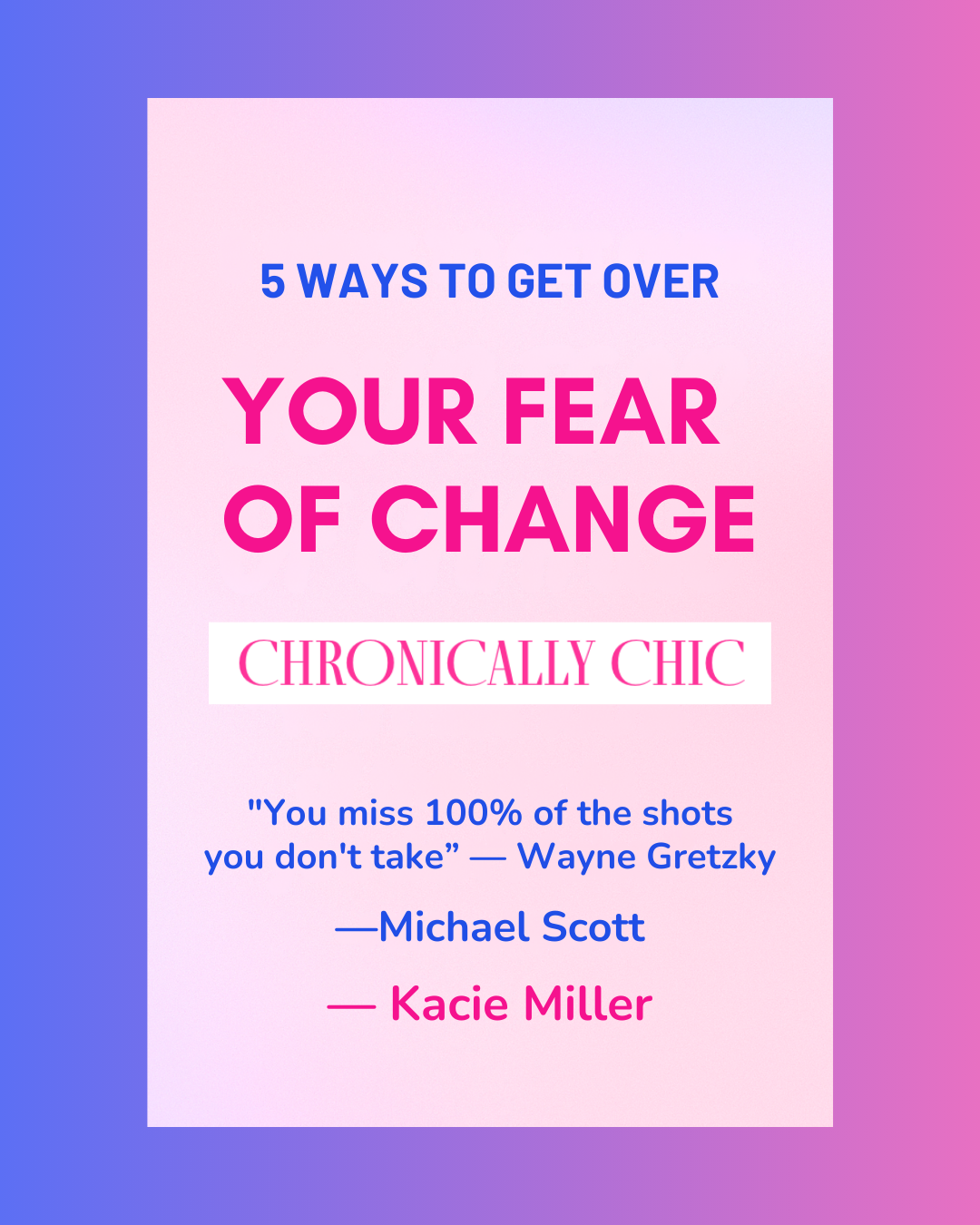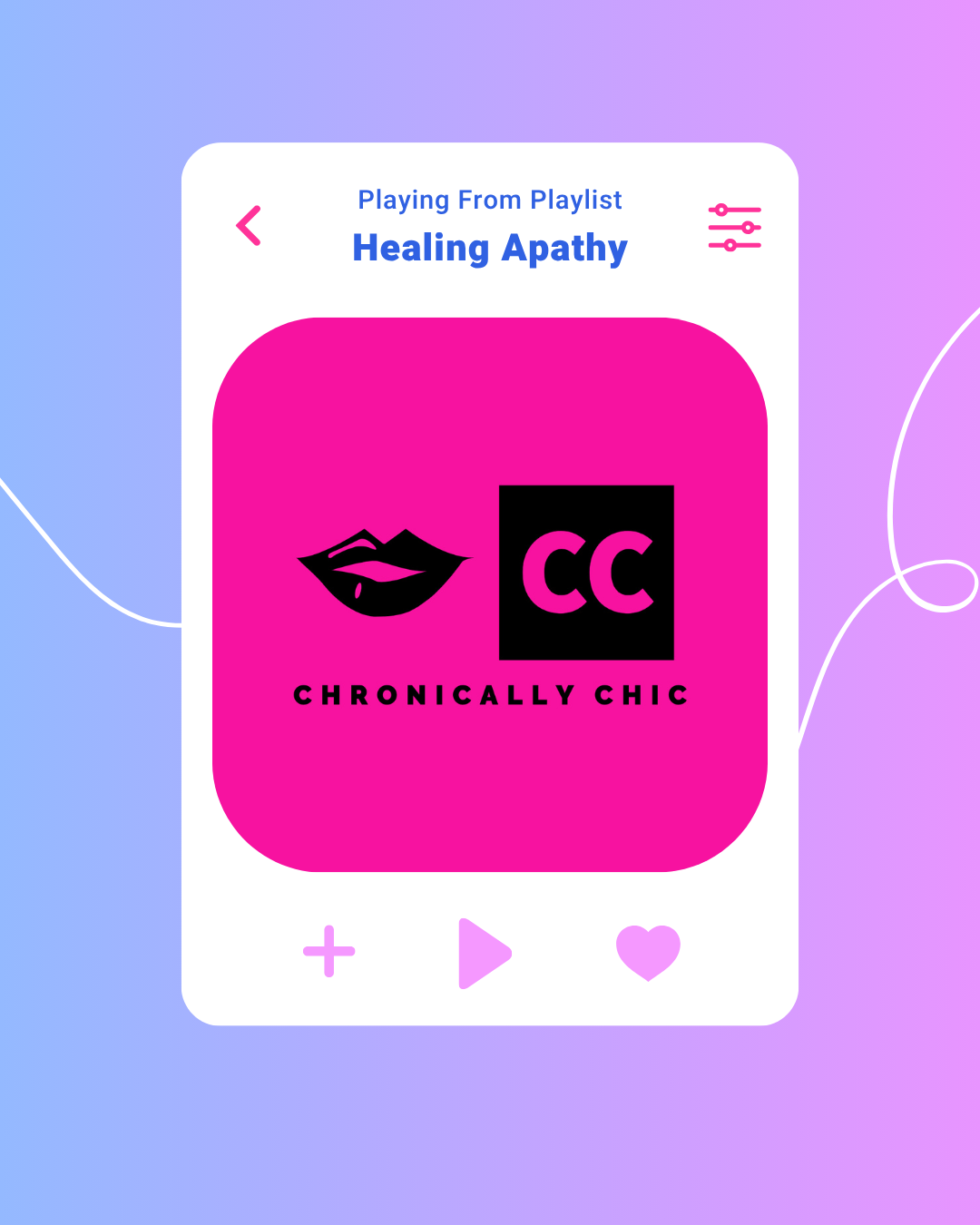Identifying Nickel Sources in Your Daily Life
We may earn commission from links on this page, but we only recommend products we love. Promise.
Hi, friends!
Your eczema isn’t random. Your mystery rash isn’t “just stress.” And your stomach issues? Yeah, those aren’t normal either. If your body’s been throwing tantrums for no obvious reason, there's a silent saboteur that might be behind it: nickel. It’s hiding in your food, skincare, cookware, and even in your “healthy” habits. I’m not saying this to scare you. I’m saying it because I lived it. Constant breakouts. Endless elimination diets. Zero answers. Until I found the real problem, and everything changed.
💌 BTW, if you’re nodding along thinking “omg this is me,” you need to be on my email list. I send out super honest, super helpful tips about low-nickel living, food swaps, safe products, and everything I wish someone had told me when I was figuring this out. 👉 Join here (I’ll never spam you, promise.)
Common Nickel Sources in Your Daily Life
Jewelry & Accessories
Jewelry is one of the most obvious offenders when it comes to nickel exposure. If your ears start itching the second you put on earrings, or if your skin turns red, irritated, or even starts peeling after wearing a necklace or ring, nickel is probably to blame. And here’s the frustrating part—even jewelry that’s labeled “hypoallergenic” or “stainless steel” can still contain nickel. I’ve learned this the hard way. You buy something thinking it’s safe, only to end up with an itchy, irritated rash that makes you regret ever putting it on.
Nickel is commonly used in cheaper metals because it’s strong and corrosion-resistant, but for people with sensitivities, it’s a complete nightmare. Even tiny amounts can cause a reaction, especially in areas like your ears, wrists, and fingers where jewelry stays in contact with your skin for long periods. And don’t even get me started on earrings, if you have a nickel allergy, they can feel like tiny torture devices.
How to Avoid It:
✔️ Stick to high-quality metals. Solid gold (14k or higher), sterling silver (marked 925), platinum, and titanium are your safest bets. Some people can also tolerate surgical-grade stainless steel, but it depends on how sensitive you are.
✔️ Be skeptical of "nickel-free" claims. Unfortunately, “nickel-free” doesn’t always mean completely nickel-free. Some brands use coatings that wear off over time, exposing the nickel underneath. If you’re not 100% sure, it’s better to skip it.
✔️ Coat questionable jewelry with clear nail polish. This creates a temporary barrier between the metal and your skin. Just be prepared to reapply it regularly, as it can wear off with time and exposure to sweat or water.
✔️ Swap metal watch bands for safer alternatives. If your wrist is constantly irritated, your watch band could be the culprit. Try leather, fabric, or silicone straps instead.
✔️ Avoid cheap costume jewelry. It’s tempting because it’s affordable and trendy, but most of it is loaded with nickel. If you must wear it, limit how long it’s in contact with your skin, and don’t wear it on broken or irritated areas.
✔️ Look into jewelry protectants. Some sprays and wipes can create a barrier to help reduce exposure, but they’re not foolproof. It’s always best to stick with safer metals when possible.
Clothing & Accessories
Did you know your jeans could be giving you a rash? If you’ve ever had an itchy red patch right where your button sits on your stomach, nickel is probably the reason. It’s not just buttons either—zippers, belt buckles, and even bra hooks can all have nickel, which means your clothes might be irritating your skin without you even realizing it.
How to Avoid It:
✔️ Choose safer jeans. Look for plastic, coated, or fabric-covered buttons to keep metal off your skin.
✔️ Create a barrier. If your favorite jeans have a metal button, cover the back with a sticker, medical tape, or clear nail polish to prevent direct contact.
✔️ Swap out your belts. Opt for fabric, leather with non-metal buckles, or plastic buckles instead of metal ones.
✔️ Check your bras. If your bra hooks are causing irritation, switch to one with plastic clasps or a pullover style.
Household Items
Your kitchen and bathroom might be more nickel-heavy than you think. Even things you handle every day like keys, door handles, and coins, could be contributing to your irritation. It’s sneaky, but with a few changes, you can easily minimize your exposure.
How to Avoid It:
✔️ Switch up your cookware. Ditch stainless steel for glass, silicone, or ceramic options. These are safer alternatives that won’t trigger your skin.
✔️ Go for cast iron or enameled cookware. If you still want something metal, high-quality cast iron or enameled pieces are a great choice.
✔️ Opt for plastic, wood, or silicone utensils. Stainless steel isn’t your only option in the kitchen. These materials are safe and functional for cooking.
✔️ Wear gloves for daily metal contact. If you can’t avoid coins, keys, or door handles, slip on a pair of gloves to protect your skin from nickel exposure.
Electronics & Everyday Objects
Your phone, laptop, and even eyeglass frames could be causing contact dermatitis. Nickel is commonly found in tech gadgets, especially in their metal casings.
How to Avoid It:
✔️ Use a silicone or plastic phone case that fully covers the metal.
✔️ Opt for nickel-free eyeglass frames or get a protective coating on metal frames.
✔️ If your laptop causes irritation, place a cloth or silicone cover over the trackpad.
Nickel in Food: What to Watch Out For
Nickel exposure isn’t just about what you touch—it’s also about what you eat. Certain foods are naturally high in nickel, and they could be triggering your symptoms.
High-Nickel Foods to Avoid
🚫 Legumes – Beans, lentils, peas, soy (including soy milk, tofu, and tempeh)
🚫 Whole Grains – Oats, quinoa, whole wheat, bran, buckwheat, and multigrain products
🚫 Nuts & Seeds – Almonds, walnuts, cashews, chia seeds, flaxseeds, and sunflower seeds
🚫 Leafy Greens – Spinach, kale, and lettuce
🚫 Canned Foods – Canned vegetables, soups, and anything stored in metal cans
🚫 Chocolate & Cocoa – A major nickel bomb!
Nickel-Safe Foods You Can Eat
✔️ White Rice & White Bread – Stick to refined grains instead of whole grains.
✔️ Dairy – Cheese, milk, yogurt, and butter are all safe.
✔️ Meat & Eggs – Chicken, beef, pork, eggs, and fish (except canned fish).
✔️ Fruits & Low-Nickel Veggies – Apples, pears, bananas, grapes, potatoes, and cucumbers.
Pro Tip: Cooking in stainless steel can increase nickel levels in food, so always use glass, ceramic, or cast iron cookware.
Nickel in Beauty & Personal Care Products
Nickel can sneak into your makeup, skincare, and even deodorant. If you’re constantly breaking out around your jawline, ears, or hands, your beauty products could be contaminated.
High-Risk Products:
🚫 Eyeshadows, bronzers, and powders with mica or iron oxides
🚫 Lipsticks, especially darker shades
🚫 Mascara and eyeliners with metal-based pigments
🚫 Razors with metal blades
How to Avoid It:
✔️ Use nickel-tested makeup and skincare brands like Vanicream or Pacifica.
✔️ Opt for disposable razors with plastic blades or an electric razor.
✔️ Stick to fragrance-free skincare: sometimes, added ingredients can trigger reactions.
Nickel-Free Living: Small Changes, Big Impact
Reducing nickel exposure isn’t about eliminating every single source (because let’s be real, that’s impossible). But making small swaps can add up to a huge difference in how you feel.
Simple Lifestyle Changes to Try:
✔️ Drink from glass or ceramic cups instead of metal tumblers.
✔️ Use plastic or coated utensils instead of stainless steel.
✔️ Wash new clothes before wearing them (some fabrics contain nickel from dyes).
✔️ Test metal objects with a nickel spot test kit before using them.
✔️ Keep hand cream or a barrier cream on your hands if you can’t avoid touching metal.
You don’t have to do everything at once. Start with the biggest sources of nickel in your daily life and work your way down. Your skin, digestion, and energy levels will thank you.
TL;DR:
✔️ Nickel is in jewelry, clothing, kitchenware, electronics, and even food.
✔️ Avoid cheap jewelry, stainless steel cookware, and high-nickel foods like chocolate and nuts.
✔️ Stick to glass, ceramic, plastic, and pure metals (like gold and titanium).
✔️ Test beauty products and cookware to ensure they’re nickel-safe.
✔️ Small swaps can dramatically reduce nickel exposure and improve symptoms.
💡FAQs
1. What household metals should I avoid if I have a nickel allergy?
Nickel shows up in way more places than just jewelry. If you’re sensitive, watch out for stainless steel (especially in kitchen sinks, utensils, and cookware), coins, keys, and some chrome-plated finishes on faucets or doorknobs. Even metal eyeglass frames and phone cases with metal accents can trigger a reaction. Stick to plastic, silicone, wood, or enamel-coated options when you can.
2. Can you still wear gold if you’re allergic to nickel?
Yes, but you have to be picky. Not all gold is created equal. Go for solid gold that’s 14k or higher, since anything lower can be alloyed with nickel to keep costs down. “Gold-plated” or “gold-filled” pieces can be risky because the gold coating wears off and exposes the base metal underneath. If you’ve reacted to gold jewelry before, it was probably mixed with nickel.
3. Are zippers and buttons safe for nickel allergy?
Not always. Many zippers, jean buttons, and snaps contain nickel or are nickel-plated. If you notice itching around your waistband, chest, or neck, those small metal parts could be the culprit. Try jeans with plastic or painted buttons, and use fabric barriers like patches or stickers on the inside of your clothes to avoid direct contact.
4. Is stainless steel safe for people with nickel sensitivity?
It depends on the grade of stainless steel and how severe your allergy is. Surgical-grade stainless steel (like 316L or 316LVM) is generally safer and used in medical implants and some body jewelry, but regular stainless steel (like 304 or 430) can still release enough nickel to cause a reaction. When in doubt, swap it out for materials like titanium, ceramic, glass, or coated alternatives.
Final Thoughts: You’re Not Imagining This
Nickel is a sneaky little menace, and once you realize how widespread it is, everything suddenly makes sense. That itchy stomach rash from your jeans? The earrings that make your lobes feel like they’re on fire? The mystery eczema that refuses to chill? Nickel could be behind it. And while it’s a pain to deal with, knowing where it’s hiding gives you the power to do something about it.
So no, you’re not being dramatic or overly sensitive. You’re paying attention to your body, and that’s smart.
If you’re still figuring out how to eat while avoiding nickel, I’ve got you. You can check out:
Both are packed with flavor, easy to make, and nickel-conscious.
And if you want more tips like this straight to your inbox (with zero fluff), sign up for my newsletter here 💌

































